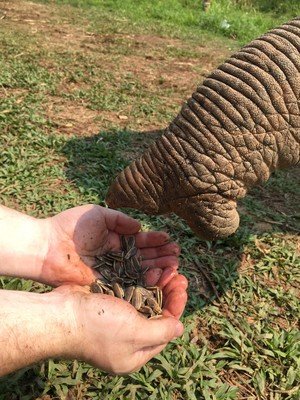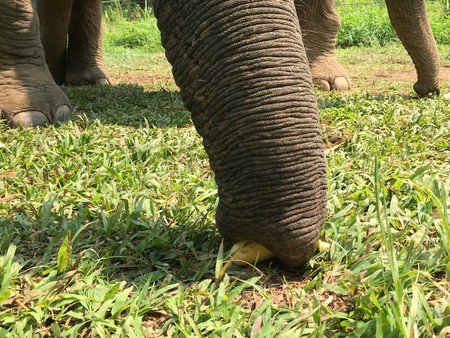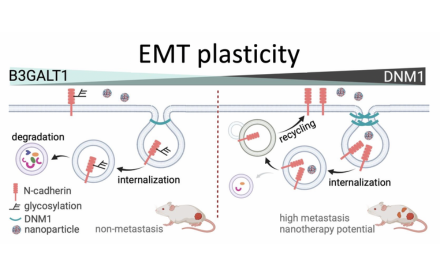04 Jun 2019
Discovery about elephants using their sense of smell to compare quantities of food
A new study co-authored by HKU Assistant Professor Hannah Mumby has found that elephants can use their sense of smell to compare quantities of food —believed to be the first time such an ability has been demonstrated by any species, including humans. Animals’ capacity to differentiate between more and less can be critical to their decision making regarding social relationships, territory and food, and like humans, many species usually make these distinctions visually.
Published in Proceedings of the National Academy of Sciences of the United States of America (PNAS), the study of Asian elephants (Elephas maximus) determined that they lead with their “noses” much more than humans do; elephants, we now know, can distinguish quantities purely through their olfactory sense. This conclusion, obtained through an imaginatively designed experiment, has exciting implications for further research into animals’ sensory experience of their worlds.

In experiment, six elephants from the Golden Triangle Asian Elephant Foundation in Chiang Saen, Chiang Rai, Thailand, were presented with two different buckets with perforated lids, each containing a different number of sunflower seeds, which elephants consider a treat. The elephants were given ten seconds to engage with the buckets with their trunks; though they could smell the contents, the opaqueness of the buckets and covers prevented the animals from seeing inside. The buckets were then briefly retracted, and presented again — simultaneously so as not to provide unintended cues — this time with openable lids so the elephant could choose a bucket and access the food inside.
With statistically significant frequency, the elephants chose the bucket with more seeds in it, indicating that they could smell the larger quantity. Indeed, the elephants’ ability to choose the larger quantity improved when the differences between the two bucketed amounts were greater. But even with small differentials, the elephants were frequently able to determine the larger quantity – with differences as slight as 4 grams.
“Remarkably, some of the elephants were able to distinguish between 150 and 180 sunflower seeds, a difference that would be hard for you or me to determine by sight,” said Dr Plotnik, lead author of the study. “While we have known that elephants have a remarkably acute sense of smell, their ability to distinguish between such subtle differences in quantity introduces new questions about how elephants may otherwise be using this powerful sense.”

Previous research has assessed animals’ abilities to differentiate between quantities of food by sight, and many species perform well in selecting the larger amount. But there has been very little research on how animals might make such determinations and decisions using their other senses, which may simply reflect human’s vision-centric bias and projecting it on animals.
“The exciting thing about these experiments was thinking in terms of how elephants experience the world, rather than the way I do as a human,” said Dr Mumby. “The ability of elephants to distinguish small differences is interesting when comparing them to other taxa, as detecting food sources and collecting other information from scents and chemical signals is a widespread trait.”
Co-authors on the international team of researchers working in the United States, Hong Kong, England, Germany, and Thailand were Joshua Plotnik, Daniel L. Brubaker, Rachel Dale, Lydia N. Tiller, Hannah S. Mumby, and Nicola S. Clayton.







